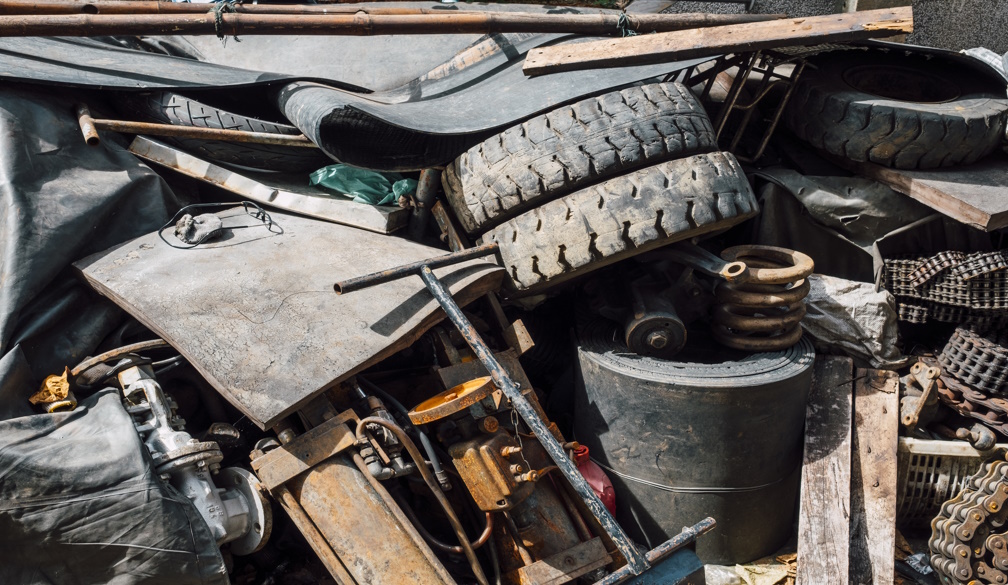Stalking rates in Australia are still shockingly high – one simple strategy might help
- Written by Troy McEwan, Professor of Clinical and Forensic Psychology, Swinburne University of Technology

New data from the Australian Bureau of Statistics (ABS) reveals one in seven adult Australians have been stalked in their lifetime: one in five women and one in 15 men.
While shocking to many, for those of us who work in the field, there is nothing surprising about these figures.
The ABS has conducted similar surveys roughly every five years since 2005, which reveal basically the same results each time.
About 3-4% of women and 1-2% of men are victims of stalking every year.
These rates are consistent with those reported in research from the United Kingdom and United States, with small variations depending on definition.
Stalking rates have remained stubbornly consistent despite the same ABS survey showing reductions in the rates of intimate partner violence and general violence over the past decade.
The reasons for this are unclear, though there are obvious differences in the level of government and community investment in countering intimate partner violence versus awareness of and attention to stalking.
What exactly is stalking?
Stalking is a pattern of repeated and unwanted behaviour in which one person pushes their way into the life of another where they have no legitimate right to be, causing the target distress and fear.
The most common methods are unwanted communication (by phone or digital media) and unwanted contacts (such as following someone or loitering nearby).
Threats of violence and assault occur in at least a quarter of cases.
Stalking that persists for more than two weeks is more likely to continue and cause significant harm.
The impact of stalking
Victims of persistent stalking have described it as “psychological rape”, with the stalker invading every part of their life.
The cumulative impact of seemingly never-ending intrusions, and their social and financial toll, is probably why stalking victims report high rates of depression, anxiety and traumatic stress disorders.
Researchers have estimated being stalked for 14 months costs victims approximately $A140,000, including direct costs from lost work and legal expenses and indirect costs of physical and mental harm.
Who stalks?
Most stalking is perpetrated by people who are known to the victim, either as an acquaintance or an ex-partner, with strangers responsible for about 20-25% of stalking.
Stalking usually starts either because the person feels mistreated and stalks to take revenge or right the wrong, or they stalk to start or enact a relationship with the victim that does not exist. In a small number of cases, stalking has a sexual motivation and can sometimes be part of planning or preparation for a sexual assault.
Regardless of motivation, most stalking is communicative – the stalker wants the victim to know they exist and to feel like they must respond.
However, responding to a stalker is not advisable as it usually just adds fuel to the emotional fire that drives them.
Ex-partners account for just under half of all stalking cases and many more women than men are stalked by an ex.
Stalking in this context is a type of intimate partner violence and it receives by far the most attention and response.
Research suggests that intimate partner stalking is more often identified as being perpetrated by former rather than current partners.
Psychological abuse or coercive control during a relationship might be linked to increased potential for stalking after a break-up.
Physical violence is much more common in cases of ex-partner stalking, with the ABS survey and earlier research finding half of intimate partner stalkers used physical violence.
Thankfully, most stalking-related violence does not cause severe physical harm and homicide is extremely rare.
Although prior stalking is common in ex-partner homicides, recent Victorian research showed that of 5,026 intimate partner violence reports to police involving stalking, only nine involved fatal or near fatal violence in the following 12 months.
This means the presence of stalking is not a useful risk factor for trying to predict intimate partner homicide.
Strategies against stalking
Numerous strategies have been identified to prevent and reduce stalking-related harms. Among those tried largely outside Australia:
The Victorian Law Reform Commission’s 2022 review of stalking laws recommended adoption of several of these strategies, though to date the state government has committed only to revising the stalking law.
A simple but powerful strategy
Stalking is a complicated problem and a comprehensive response needs multi-faceted systemic change that will be costly and take much effort and time.
Currently, there doesn’t seem to be an appetite in Australia for the work required.
However, there is one relatively straightforward thing the federal, state and territory governments could do right now to help: establish a national stalking helpline that can provide specialist information, advice and advocacy for all victims.
Such a helpline was established in the UK in 2010 and has supported more than 65,000 people.
The helpline provides online and telephone advice to potential stalking victims, including basic risk assessment, advocacy and links to local support services. It also provides advice to mental health professionals and others who are supporting stalking victims.
The helpline serves all people, regardless of their gender or relationship with the stalker. Nearly half (45%) of its clients are stalked by a stranger or acquaintance, not an ex-partner. This highlights the importance of a specialised stalking response separate to existing services for family and intimate partner violence.
An Australian equivalent would provide immediate support for victims and a focal point for necessary research and evaluation into what works to stop stalking.
An Australian national stalking helpline would be a practical, relatively inexpensive and immediately helpful strategy that governments could implement to support the hundreds of thousands of Australians who are stalked every year.
Authors: Troy McEwan, Professor of Clinical and Forensic Psychology, Swinburne University of Technology


















